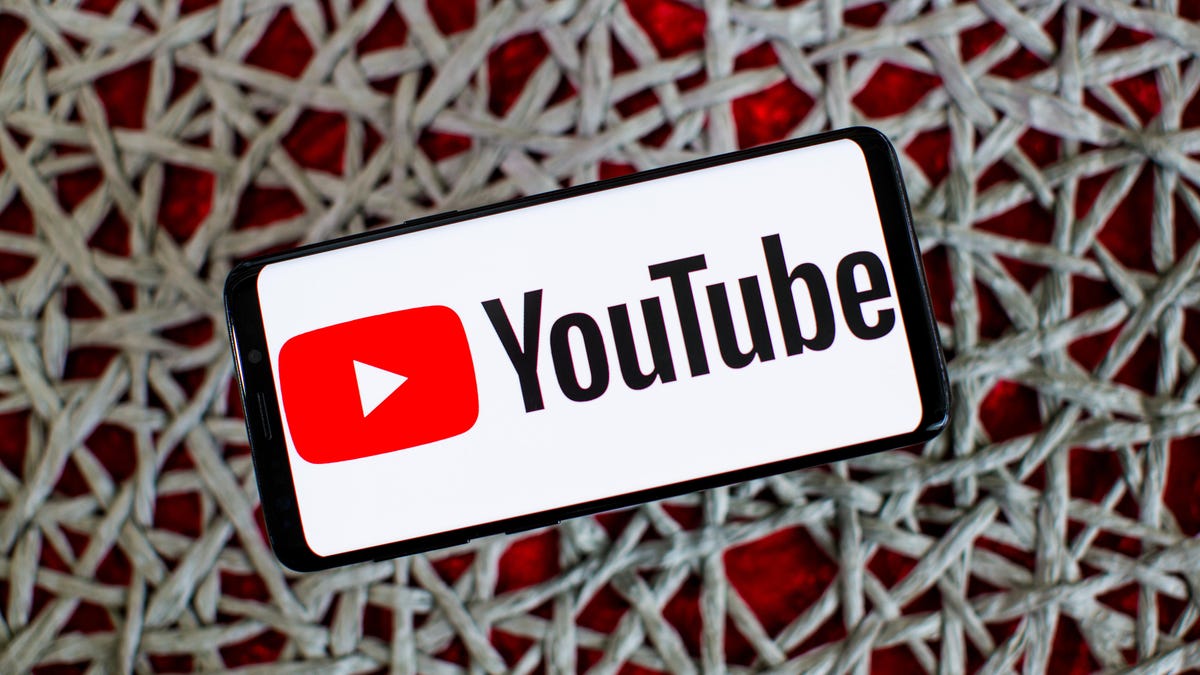YouTube amps up its search with more visual, foreign-language results
The changes are designed to make more of Google's enormous video site accessible.

YouTube has more than 2 billion monthly visitors.
YouTube is improving its search capabilities, the video streaming service said Tuesday, including making search results more visual and surfacing videos in more languages.
"YouTube's enormous library of content has always set us apart," Neal Mohan, chief product officer of Google-owned YouTube, said in a blog post about the changes. "But we know viewers need to easily find the videos they're looking for, and quickly access the information they need."
The updates add visual context to searches in a couple ways. YouTube is introducing video chapters directly on the search page, which are time-stamped images detailing the topics covered in the video. They're meant to help you decide whether it's a clip you actually want to watch, as well as let you jump to the section you care about most.
It's also adding a video preview feature to mobile search-result pages. It lets you scroll over a video on your mobile device to begin to see a snippet of it, similar to YouTube on desktop computers.
The company is also starting to show surface videos in languages other than the local language that was searched, with automatically translated captions, titles and descriptions. And YouTube has started experimenting with a new feature to complement search results with website links and other formats from Google Search in India and Indonesia.
YouTube, which has more than 2 billion monthly users, is the world's biggest online source of videos.
More streaming advice
- 10 Ways to Save Money on Streaming
- How to Cut the Cable TV Cord in 2023
- See More at Streaming TV Insider

